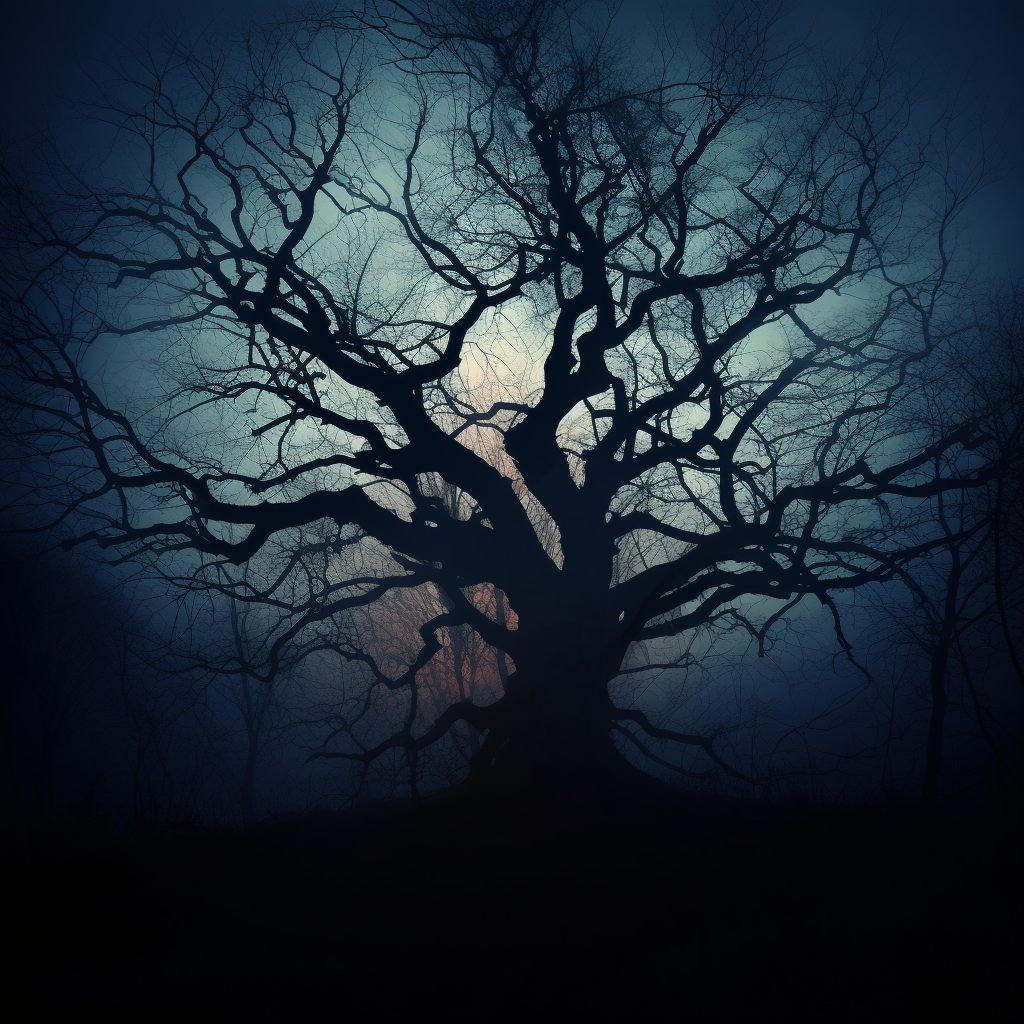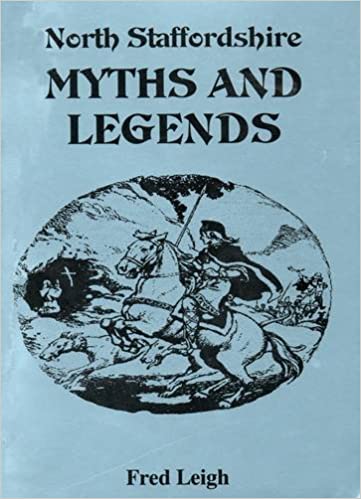Staffordshire has a rich history filled with myths and legends that have been passed down through generations. From headless horsemen to ancient burial sites, this region is filled with stories that are both intriguing and mysterious. I will be talking about the folklore of Staffordshire, exploring some of the most fascinating myths and legends that have shaped its culture and history.
This article is part of this week's podcast which you can listen to here;

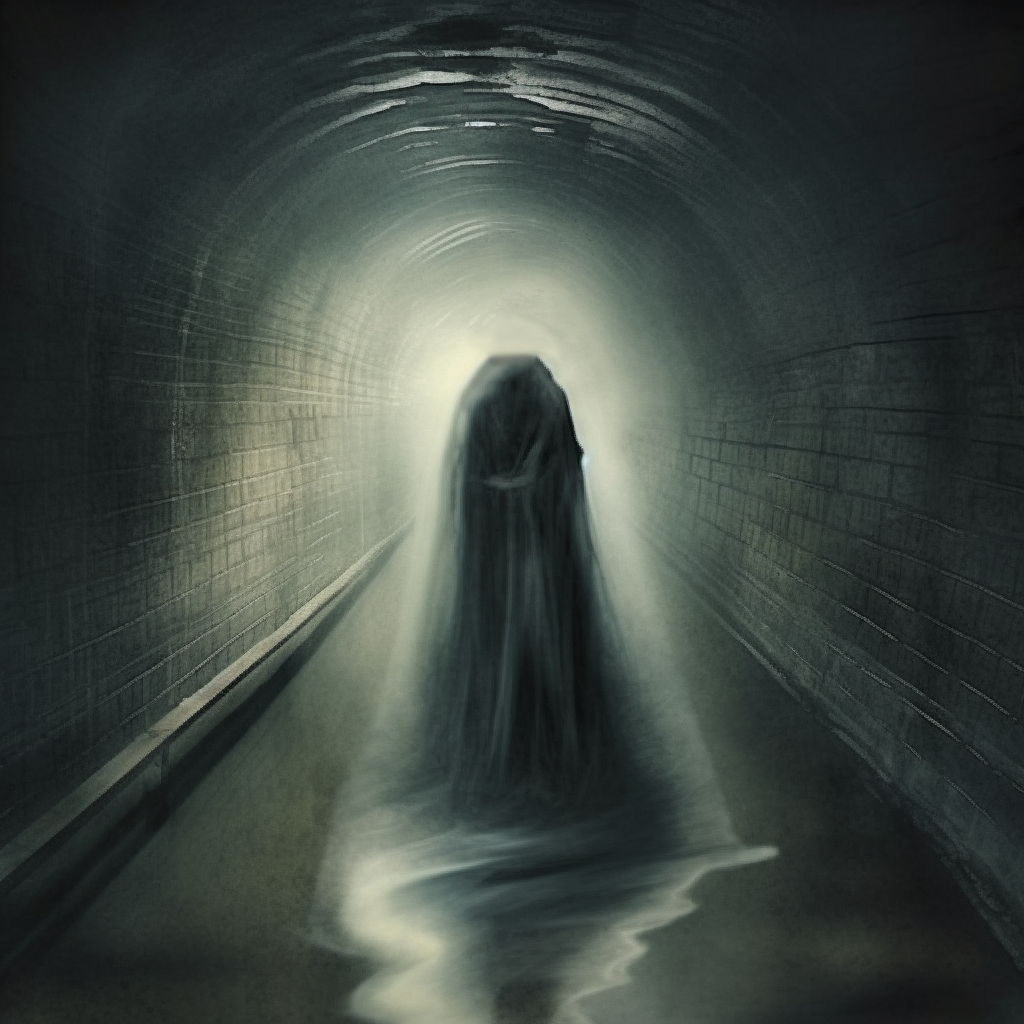
The Kidsgrove Boggart
A spectre that has been terrorising travellers for over 200 years. The most common version of the Kidsgrove Boggart legend is that it is the spirit of a woman who was murdered by boatmen while she was travelling to London by canal barge through the Harecastle Tunnel. The sighting of her headless ghost is thought to predict doom and disaster. Some have claimed to have seen her on the morning of many of North Staffordshire's worst mining disasters.
However, the legend of the Kidsgrove Boggart has become intertwined with the real-life murder of Christina Collins in 1839. She was travelling by barge from Liverpool to London and was killed by boatmen who threw her into the Trent and Mersey Canal. However, the murder took place not at Kidsgrove but at Brindley Bank, near Rugeley, and she did not lose her head.
The legend of the Kidsgrove or "Kitcrew" Boggart was already a well-known folk tale by the time Christina was murdered. An article published in a local newspaper on December 6, 1879, shows that the legend predates the Christina Collins murder by about 60 years and was centred around the old community of Ranscliff, which has long since been swallowed up by a larger conurbation.
According to the article, the boggart was known for years as the terror and dread of the Hamlet. It would sometimes meet the collier as he travelled the lonely hills or made his way along the old deep lanes that wound through the valley. On other occasions, it would appear as a light and be seen dancing and flickering through the marshy dales. The dread that this unearthly light inspired was something horrible. It was even known to come at night and sing in the dales in imitation of a nightingale.
The boggart was believed to predict some accident or fatality of some kind, the occurrence of which their mission seemed to forewarn and prepare. So, the visitation of the token or boggart always threw the village into the greatest state of melancholy and alarm.
According to the Victorian journalist who wrote the article, the roots of this "village phantom" lay with the construction of the canal tunnel under the hill, completed in 1777. He pondered the effect this long, dark subterranean passage would have on the mind of the uneducated villagers when every strange sight or sound would be viewed with superstition.
Many are the tales of the origin of this village phantom. One was that a man working on the construction of the Harecastle Tunnel was killed in an accident that somehow caused his head to be chopped off. Shortly afterwards, his ghost was seen wandering the passageway where he died.
Soon after the completion of the tunnel, one of the coal mines on Ranscliff Hill was made to communicate using a footrill, with the canal, falling into it about a quarter of a mile from its mouth. It was in this particular footrill that the boggart first made itself known to the people of the village. So alarmed did the colliers become on what was supposed to be its first appearance, that there was great difficulty in getting them to work.
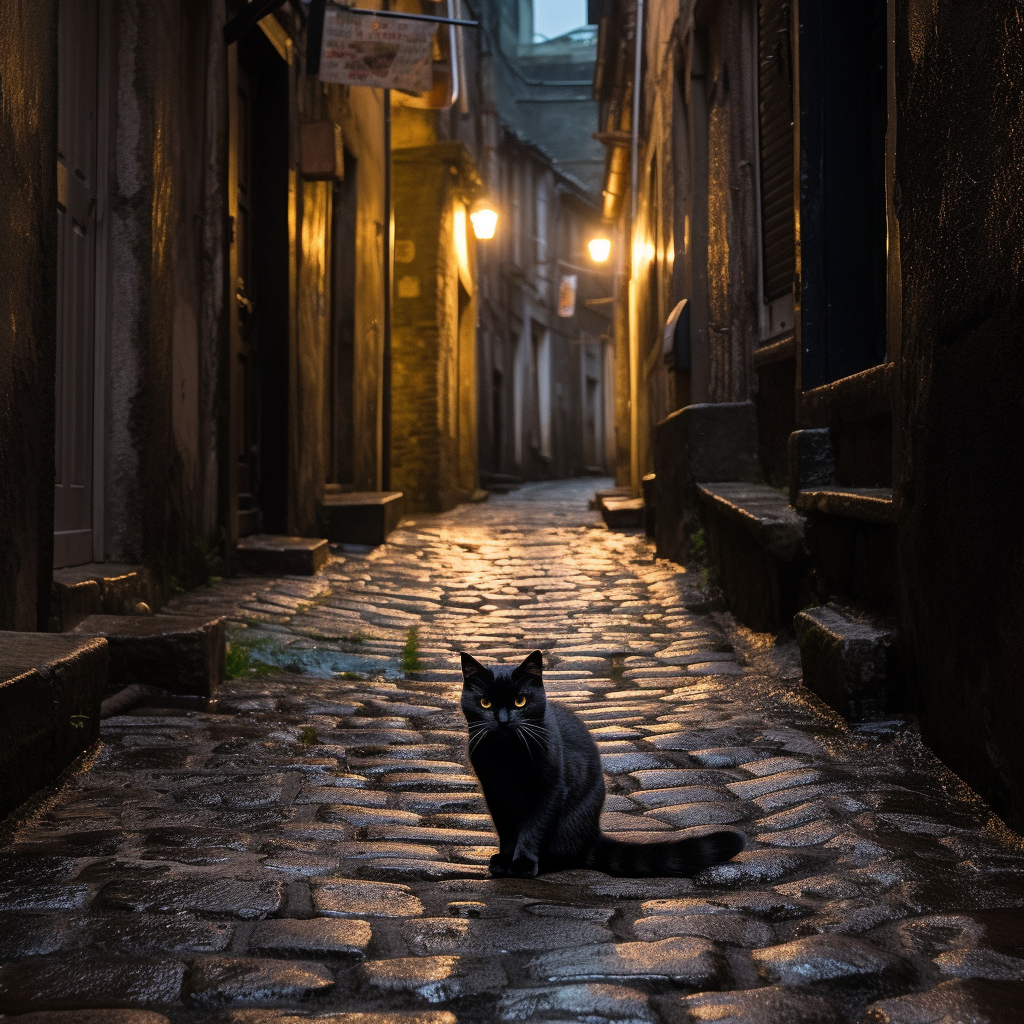
The Black Cat of Getliffe's Yard
The story goes that two women lived side by side in Getliffe's Yard.
One was a baker and the other was a fortune-teller who had a black cat that liked to wander around the houses and shops in the area, stealing scraps of food wherever it could find them.
Despite the locals' efforts to keep their windows and doors closed, the cat always managed to find its way in. One day, while the baker was cooking up a batch of oatcakes, the black cat appeared in her bakery.
The baker didn't want the cat anywhere near her mix, so she tried to shoo it away. But every time she turned her back, the cat would reappear. Finally, in frustration, she threw a tray of hot oatcakes at the cat, scalding it and causing it to cry out in pain before running away.
Feeling guilty, the baker immediately went to her neighbour's house, where she knew the cat lived. She found her neighbour half-dressed, with a burn on her back in the same spot where the cat had been scalded.
When the baker told her customers what she had seen, they all believed that the troublesome black cat was, in fact, the fortune-teller, who was a witch with the power to transform herself at will. Some were frightened by the idea, but others believed that if she had the power to change her form, she must also have the power to read the future.
And so, in the end, the shape-shifting woman may have benefited from receiving that burn!
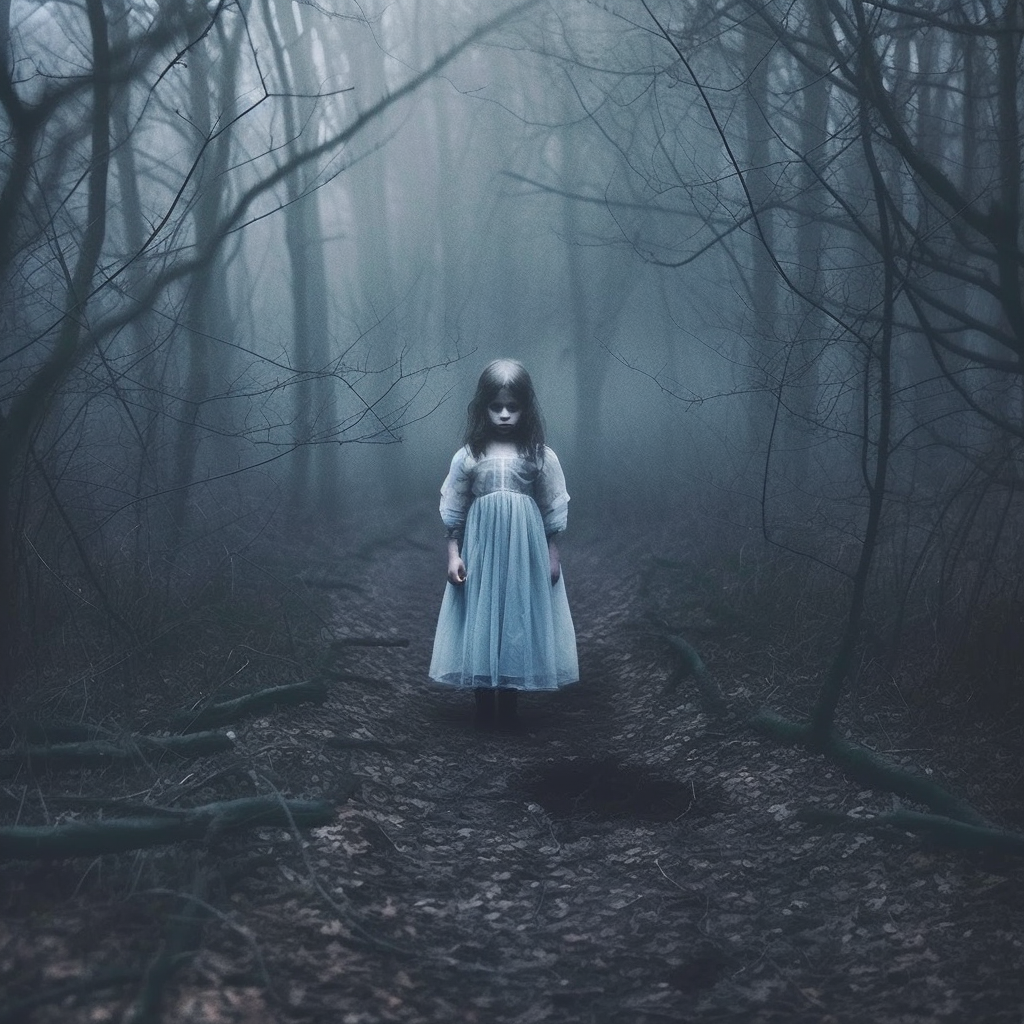
The Black-Eyed Children of Cannock Chase
What exactly are the black-eyed children of Cannock Chase? According to legend, they are children with pale skin and completely black eyes who appear to people in the woods and on the roads. They usually ask for help or a ride home, but those who have encountered them describe a feeling of intense fear.
The first sighting of these black-eyed children was reported in the 1980s, and since then, there have been many reports of people encountering them in and around Cannock Chase. Some people believe that they are ghosts, while others think they may be aliens or some other kind of supernatural beings.
One of the most unsettling things about these encounters is the feeling of dread that people describe when they come into contact with the black-eyed children. Some people have reported feeling as though they are being hypnotized or drawn in by the children's eyes, which can reportedly cause headaches and nausea.
Some people have even reported feeling physically ill or weak after encountering black-eyed children, and some say that the children have even tried to enter their cars or homes without permission.
This urban legend stems from three very real murders. In the 1960s Raymond Morris killed three little girls on the chase, although he was only convicted of one and spent the rest of his life in prison. The three girls were Margaret Reynolds, 6, Diane Tift, 5 and Christine Derby, 5. He was only convicted of the murder of Christine Derby, although it is thought that he killed at least five children, and these are the black eyes children that wander the chase.
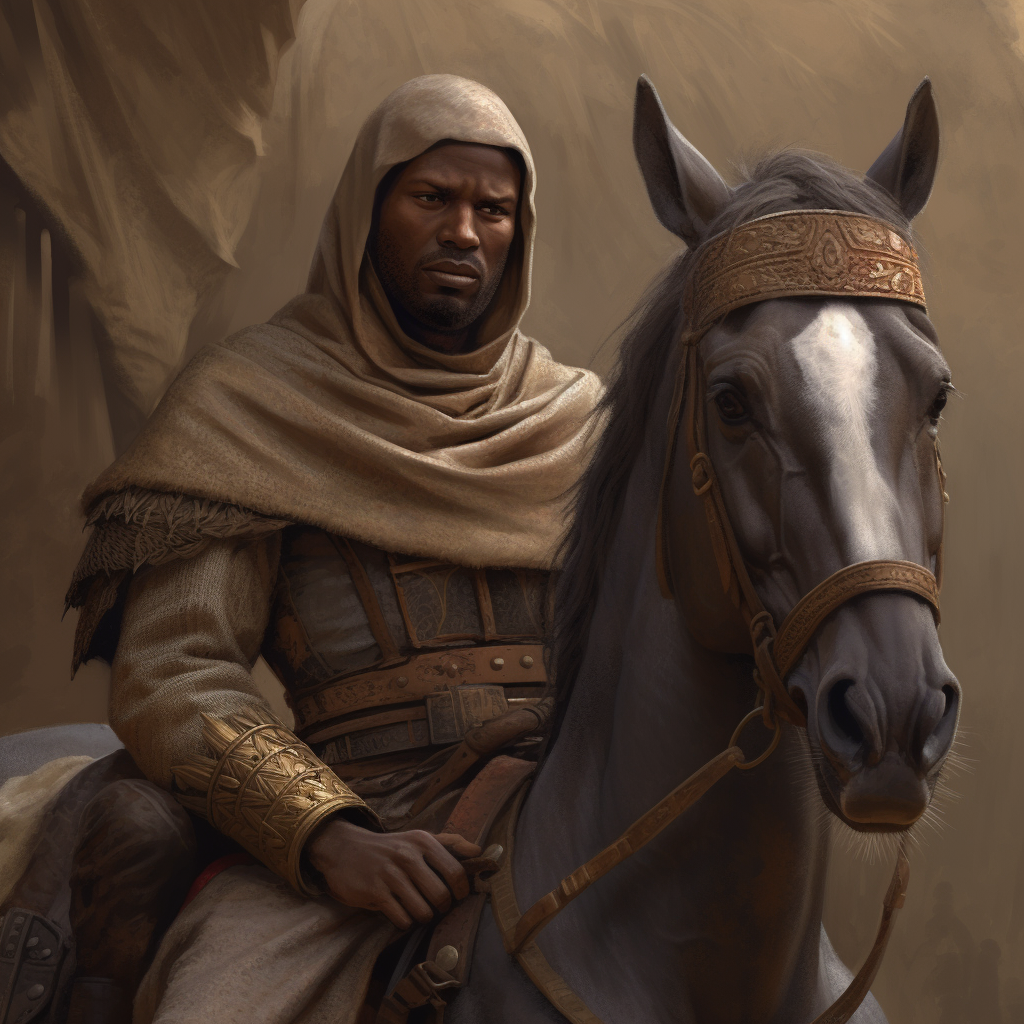
The Saracens of Biddulph Moor
The legend goes that the people of Biddulph Moor, in Staffordshire, are descendants of a group of Saracen Stonemasons brought to the area by a man named Orm of Biddulph in the 13th century. It is said that Orm brought back seven Saracen Stonemasons, and their descendants became the Bailey family, known for their exotic dark features and unique dialect.
St. Laurence's Church in Biddulph is believed to have been founded by Orm, and some claim that there is an Eastern influence in its construction, which may be due to the Saracen Stonemasons who worked on it. There's also a strange font in nearby St. Mary's Church, which is said to have originally come from Palestine. If true, this would certainly strengthen the legend.
The first written reference to the story appeared in Sleigh's "A History of the ancient parish of Leek" in 1862. It tells the tale of a Knight Crusader who brought a Paynim, or Saracen, back to his estate. The Paynim married an English woman, and their descendants are said to be the present-day Biddulph Moor people. However, some dispute this story.
In 1909, a woman named S. Burne visited the Biddulph Moor people and described them as having "oval faces, brown ruddy complexions, and hair in shades of auburn." Burne claimed that they were descended from twelve Saracen captives brought back by the Lord of Knypersley, Orm, from the third Crusade. Burne also suggested that they may have been Gypsies, adding yet another variation to the legend.
Some believe that St. Laurence's Church has a connection to the Knights Templar, due to the presence of stone coffin lids with a sword and cross on them. However, others dispute this, claiming that the coffin lids are of a Norman style.
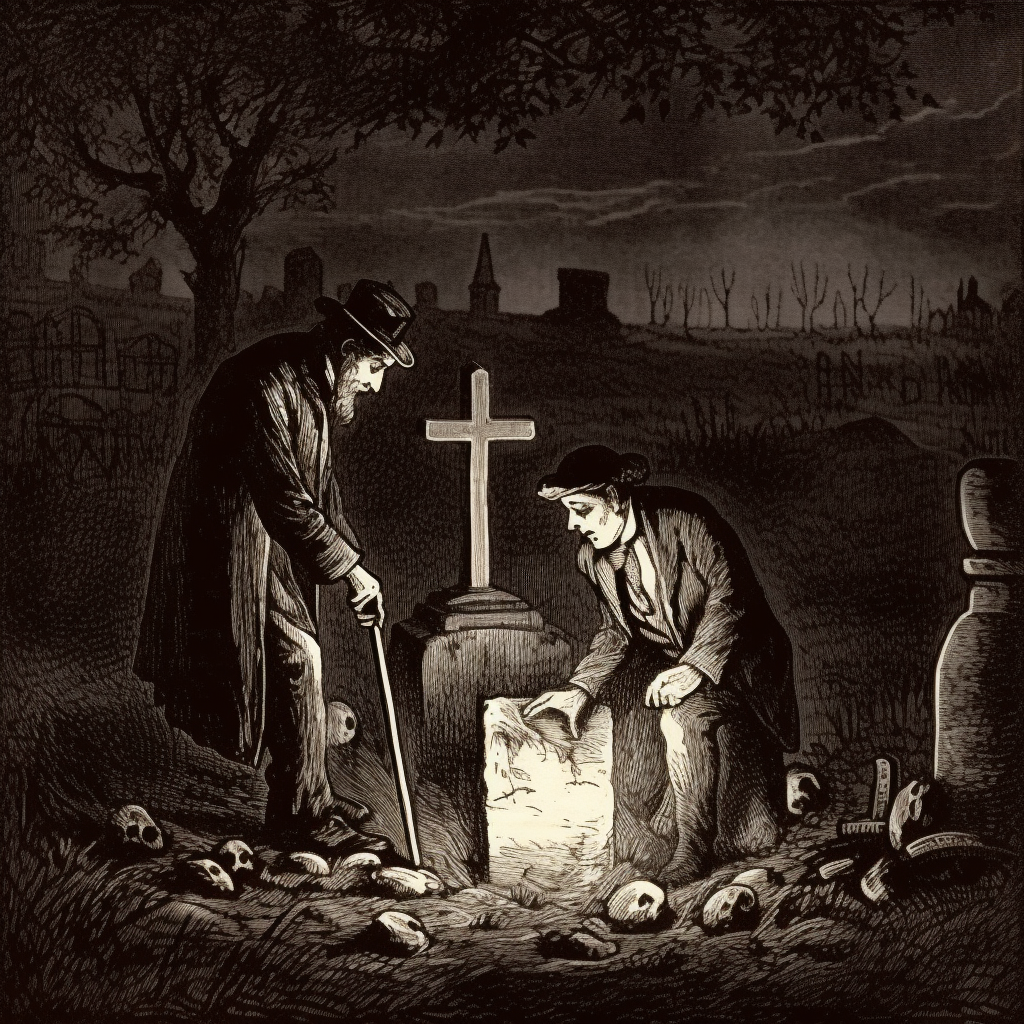
Sauntering Ned
The story of Ned, also known as Sauntering Ned, is a popular tale from the Staffordshire potteries, which has been told many times with slight variations. Ned was a man who preferred the outdoors to work in a factory or warehouse, so he decided to leave the potteries and go travelling to sell pots, plates, and bowls.
However, he soon found that he needed to work every day to make enough money to get by, so he travelled all over the county to sell his wares. He became well-known for idly walking along with his donkey and small cart, gaining the name Sauntering Ned.
To deter any robbers while travelling in the darkness, Ned attached a chain to the donkey's back leg to make a chilling sound, and he made a fearsome head-dress for the donkey using horns he had acquired from his market visits. He only used this costume on his night journeys and kept it hidden in a sack on his cart.
One wet November night, while travelling from Cheadle Market to Stoke-on-Trent, Ned and his donkey stopped in the village of Bucknall for a rest.
The village square was quiet as Ned sat down, relieved that it wasn't raining and he wouldn't get wet. He was exhausted and soon drifted off to sleep. Suddenly, his peaceful rest was interrupted by the shouts of two men who came running out of the churchyard screaming about seeing the Devil. Ned's eyes shot open just in time to witness the commotion, and he realized his donkey was missing.
After the men had left, he listened carefully but didn't hear the sound of the donkey's scraping chain, which made him curious about where it could be. He decided to investigate the churchyard where the men had fled from. As he cautiously called out the donkey's name, he stumbled upon the animal grazing among the graves, and he breathed a sigh of relief. But then he noticed that one of the graves was open, and spades lay discarded nearby.
It dawned on him that the two men were probably grave robbers, and his horned donkey had scared them away. He chuckled to himself, realizing that he had never thought his donkey would be an effective deterrent against criminals. The men had left behind a long wooden cart that Ned thought would be ideal for carrying more pots and crockery than his old one ever could. He quickly shifted his remaining pots to the new cart and continued on his way home.
With the ability to carry more items to market, his business grew, and he eventually passed it on to his sons. Ned still travelled with his donkey, but he downsized to a smaller cart and enjoyed a more relaxed pace of life in his retirement. He often told the story of his "Devil donkey" and how it scared off the grave robbers, and he couldn't help but chuckle at the memory.

Mermaid Pool
It's said that nearby Blake Mere, also known as "Black Pool", is the site of what may be the only inland mermaid legend in England. This small, remote hilltop lake, around fifty meters wide, is a particularly atmospheric site that livestock will not graze and even birds will not fly over.
Set on a craggy and barren southern edge of the Peak District, beside the Leek to Buxton road, the dark peat-stained waters of the pool are said to be bottomless. Cattle refuse to drink there and birds never fly above it. Over the centuries, it has been the scene of several mysterious drownings and even a murder, when in 1676, a woman pedlar was dumped in the pool by a local villain.
Tradition holds that The Mermaid rises from the pool at midnight to lure unwary travellers to their deaths in the dark watery depths, but only single men. There are various legends concerning the origin of The Mermaid. In one, a sailor from nearby Thorncliffe fell in love with her and brought her back from the sea. In another, she was originally a witch who transformed herself into a water nymph after being thrown into the pool during the Middle Ages.
At one stage, the locals tried unsuccessfully to drain the pool to uncover its secrets. Their digging gave the pool its distinctive heart-shaped appearance.
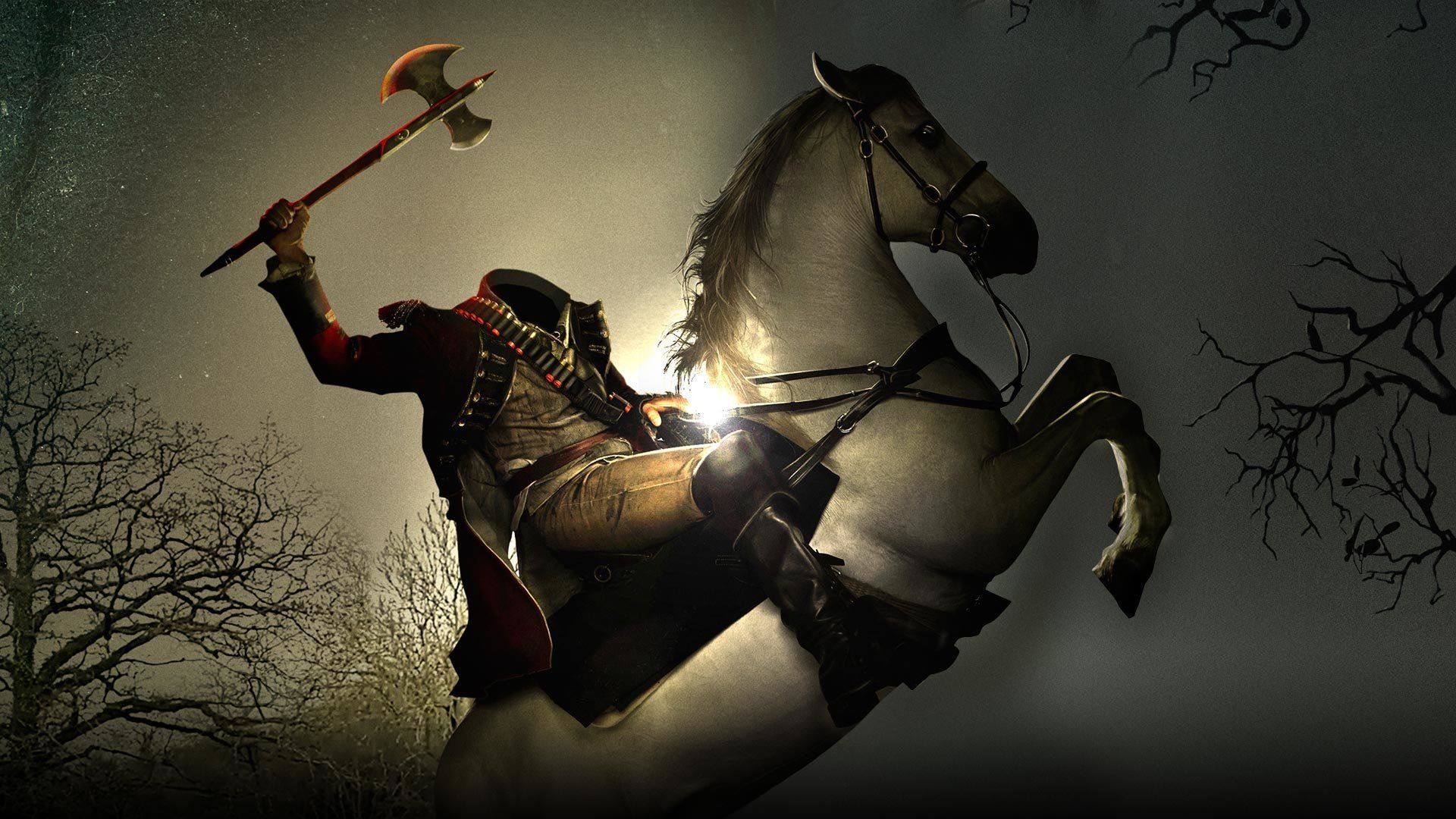
The Headless Horseman of Butterton Moor
The Headless Horseman of Butterton Moor is a terrifying apparition that has haunted the quiet country roads around Onecote, Butterton, Warslow and Leek for centuries.
Some say that the Headless Horseman is an evil spirit cast out of heaven and forced to wander the lonely moors, while others believe that it was a murderer beheaded for his crimes who searches continually for his executioner. But few would be prepared to face this devilish rider.
The legend's origins are lost to the mists of time, but one of the most familiar stories concerns a farmer returning home to Onecote from Leek Market. He was sleepy and his head muddled with beer when he saw a rider a little way ahead of him. Thinking it was a neighbour, he asked for a lift home. But he soon realised his mistake and found himself in the grip of the Headless Horseman.
The phantom horse sprang away, clearing fences, hedges and trees, bounding through the air at a tremendous speed. The farmer, completely in the horseman's power, could do nothing but cling on for dear life as he was buffeted about during the fearsome ride.
At the end of this frightful ride, he was thrown to the ground, close to his own home, helpless and groaning. The farmer was so badly bruised and broken by this frantic journey that he was put to bed. Within a few days, he had taken his last breath.
Another time, a woman of the village had travelled to Warslow to visit friends. After a time, her husband, a farmer, arrived to take her home. As the couple were on the road back to Onecote, the Headless Horseman appeared and fell into step with them.
The horse, which they both rode upon, shook and trembled violently. Their faithful dog howled. But of the farmer and his wife, only the husband could see the apparition.
The old man, although terrified, kept his fears to himself all the way home. At first, he was not willing to admit what he had seen. Finally, worried sick and unable to sleep, he confessed all to his good wife. Both were deeply alarmed. It was said that the horseman was an omen of evil to whoever made its acquaintance.
The next day, their horse dropped dead on the plough. Their dog, too, soon got sick and died. The legend of the Headless Horseman has been told in whispers around the fire in winter evenings, of the old stone-built inn, the Dog and Partridge of the village.
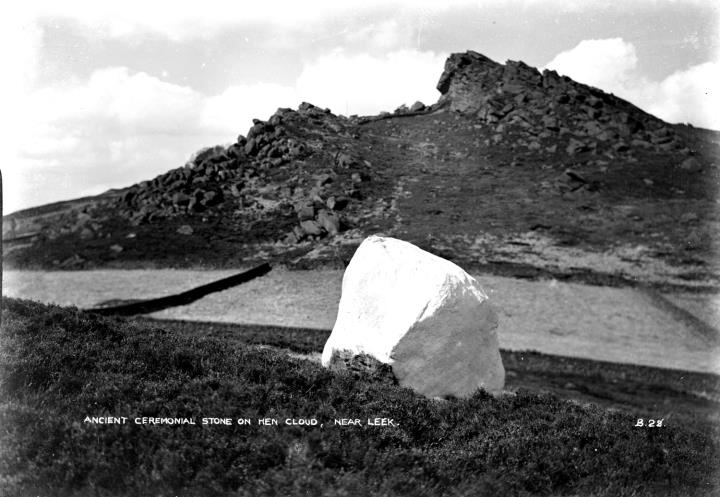
The Bawdstone
Located between the end of the Roaches and Hen Cloud, it can be reached by walking from Ludchurch and crossing over the rocky escarpment.
Believed to be a Dolmen, the Bawdstone is supported by two upright pointed pillars and a short edge of rock. Legend has it that the stone possesses magical healing powers for those who touch it, although its original purpose remains a mystery. It's possible that the Bawdstone was used as a Neolithic burial site.
During the Spring Solstice, the Bawdstone is aligned with the Serpent Stone on Ramshaw Rocks, which resembles the head of a serpent emerging from the earth.
The name "Bawdstone" is thought to come from the Welsh word "Bawd", meaning table, with the three stones supporting it believed to be its legs. People have claimed to have been cured of ailments after touching the stone, with one individual having suffered from an injury for two and a half years before the pain disappeared within two days of touching the stone.
Due to its non-Christian healing powers, the Bawdstone was customarily whitewashed to symbolize good over evil. Until the start of the Second World War, the people of Leek and the surrounding areas would bring sick individuals to crawl underneath the stone, "knocking the devil from their backs." Although this custom was relatively new, it should not be confused with the stone's Pagan healing properties, which probably come from the fact that it has a high Quartz content and sits on a powerful Ley line.
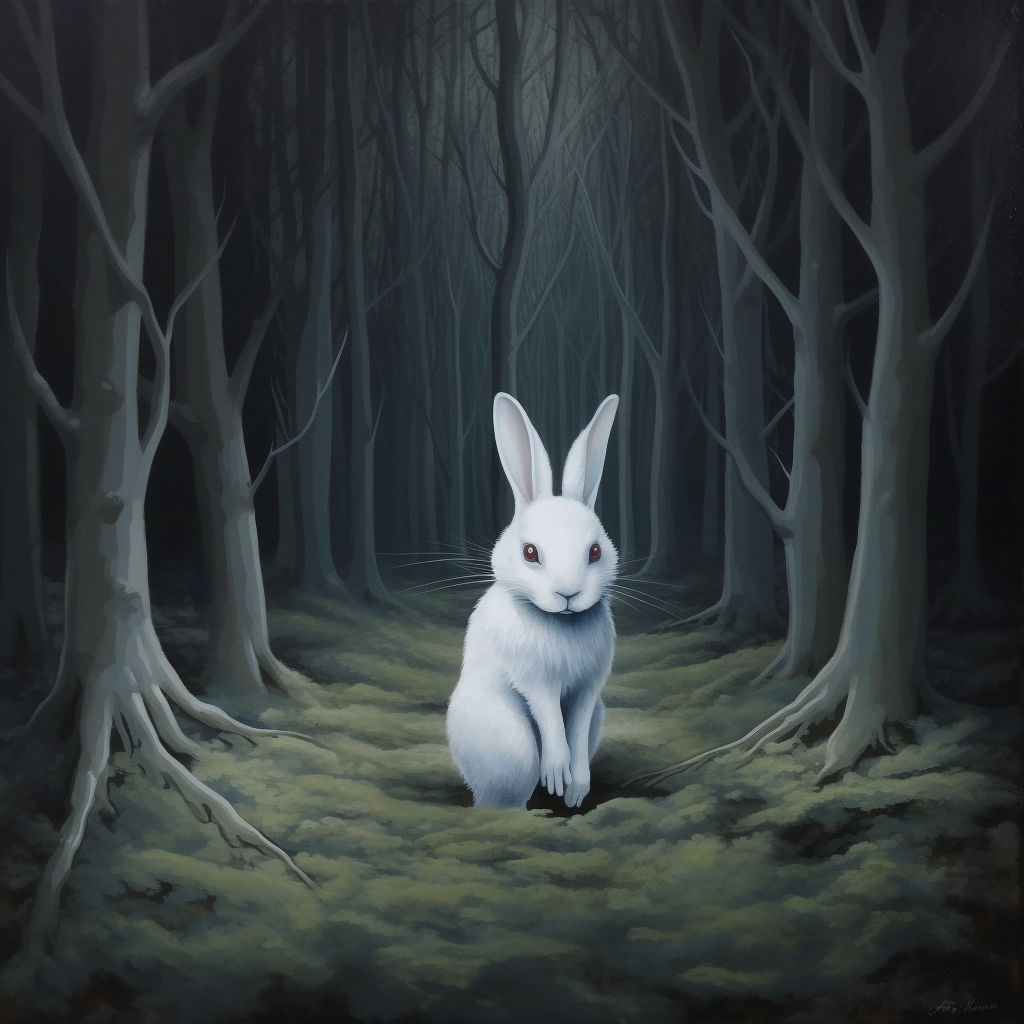
Etruria’s White Rabbit
Etruria was the site of Wedgwood's pottery, and residents had to journey to Hanley via a path that cut across fields to Cobridge. During daylight hours, the route passed through a shaded woodland, planted by Josiah Wedgwood and referred to locally as Etruria Grove. However, as soon as the sun set, the grove took on a more sinister tone.
A boy's voice would be heard crying out for help in the darkness, accompanied by the spectral presence of a milk-white rabbit. The locals were terrified, and one courageous person attempted to catch the rabbit. However, it vanished, leaving the person with a dislocated shoulder. The tale retained its horror until the grove was ultimately lost to the area's growing industrialization.
The story had a basis in fact, as it was believed to be the spirit of a boy who had been murdered several years earlier in a dell between Crabtree Field and the canal. Two boys had spent the day gambling with their earnings from a local pottery, continuing the activity past dusk until the older boy, who had lost heavily, attacked his younger companion. A fight broke out, and the younger boy was killed. In a panic, the older boy strung up the victim from a tree by the neck, hoping to make it look like suicide. Unfortunately, his efforts were in vain, and he was caught and tried for murder.
He was initially sentenced to death but was eventually transported for life to Van Diemen's Land (now Tasmania) due to his youth (15-16 years) at the time of the crime. This occurred in 1834, and the victim's name was John Holdcroft, while the perpetrator was Charles Shaw.
It's interesting to wonder what happened to Charles after he was transported. From one perspective, the incident was a tragedy, and Charles may not have had any genuine intention of killing John.
Thank you for reading!
If you like what you have read, please feel free to support me by following and signing up for my newsletter and/or buying me a coffee!
Thank you.

I use the British Newspaper Archive to help with my research and you can sign up for a free trial here.
If you are interested in your local and family history, you can sign up for a free trial of Find my Past and access all archived local records and find your past.
If you are interested in the Myths & Legends of Staffordshire then check out these books on Amazon.
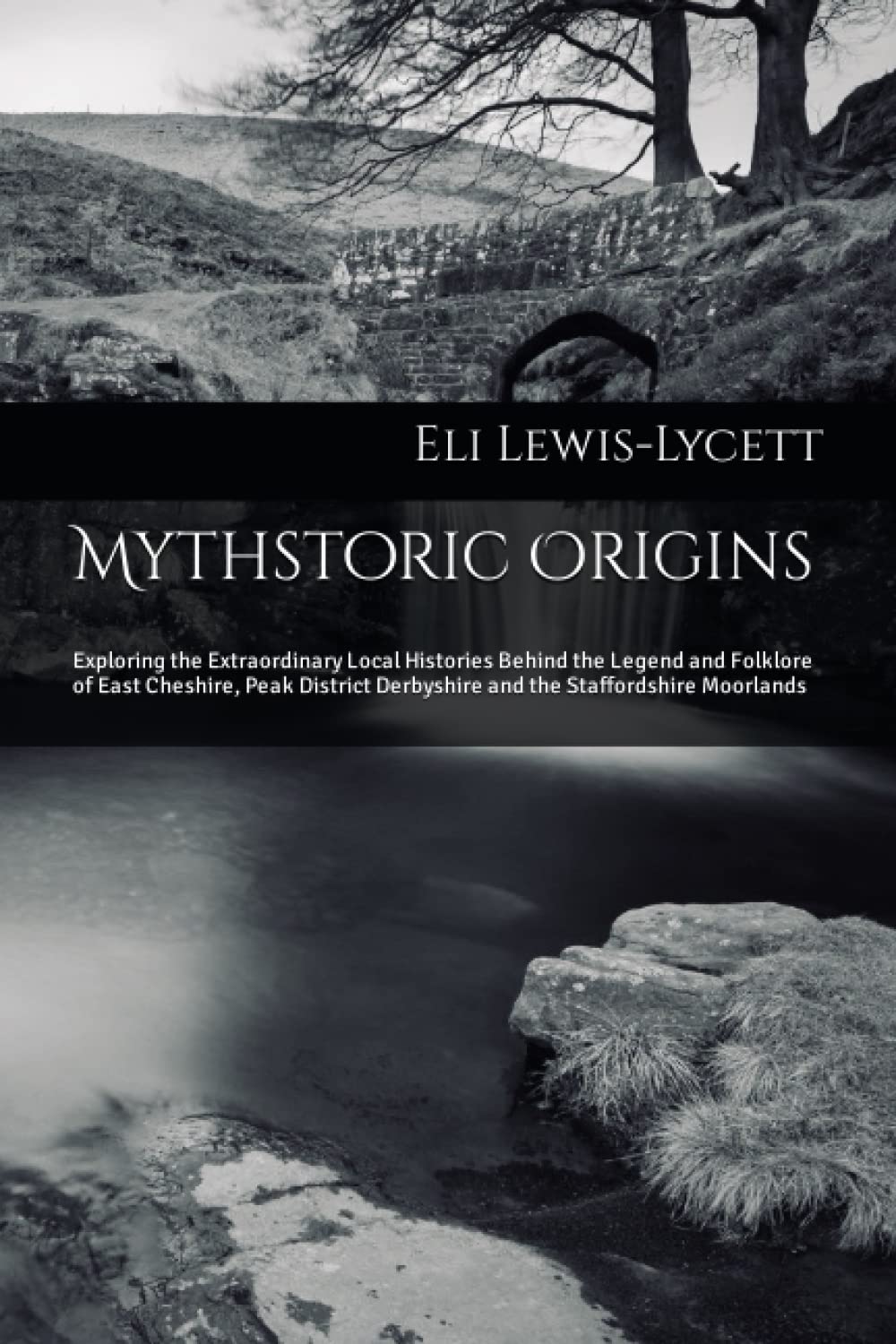
Mythstoric Origins: Exploring the Extraordinary Local Histories Behind the Legend and Folklore of East Cheshire, Peak District Derbyshire and the Staffordshire Moorlands
by Eli Lewis-Lycett
Check out my recommended reading list
